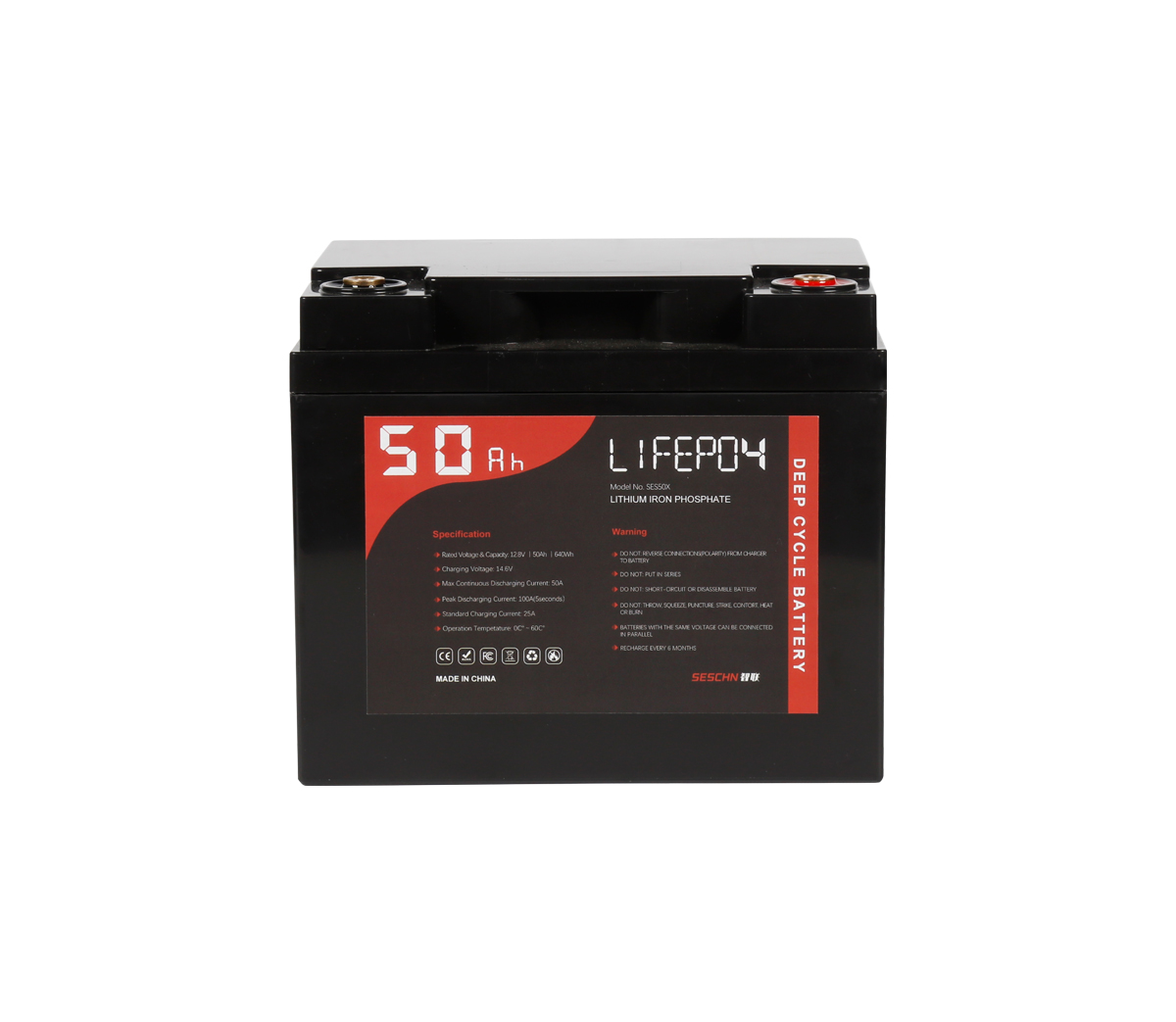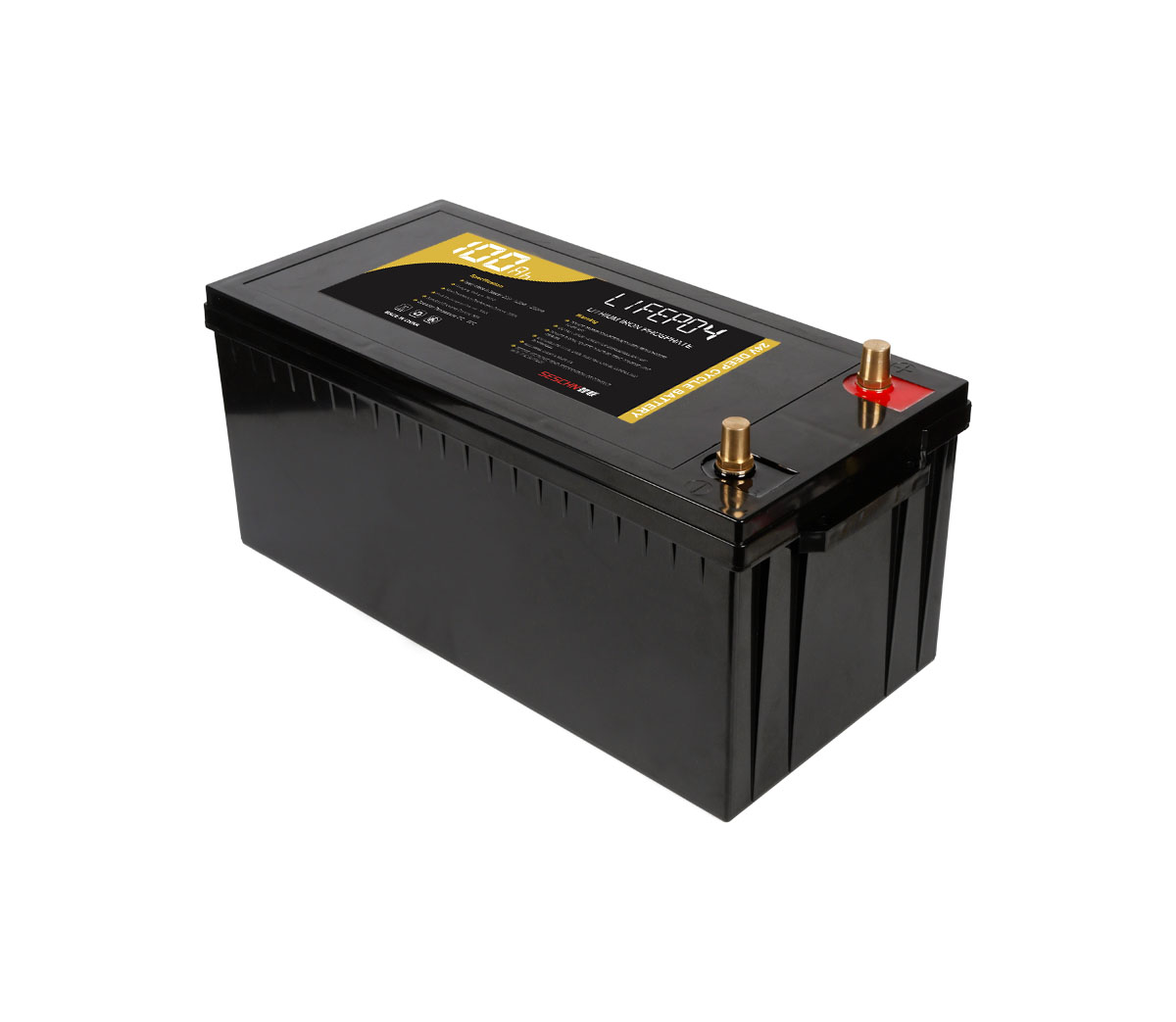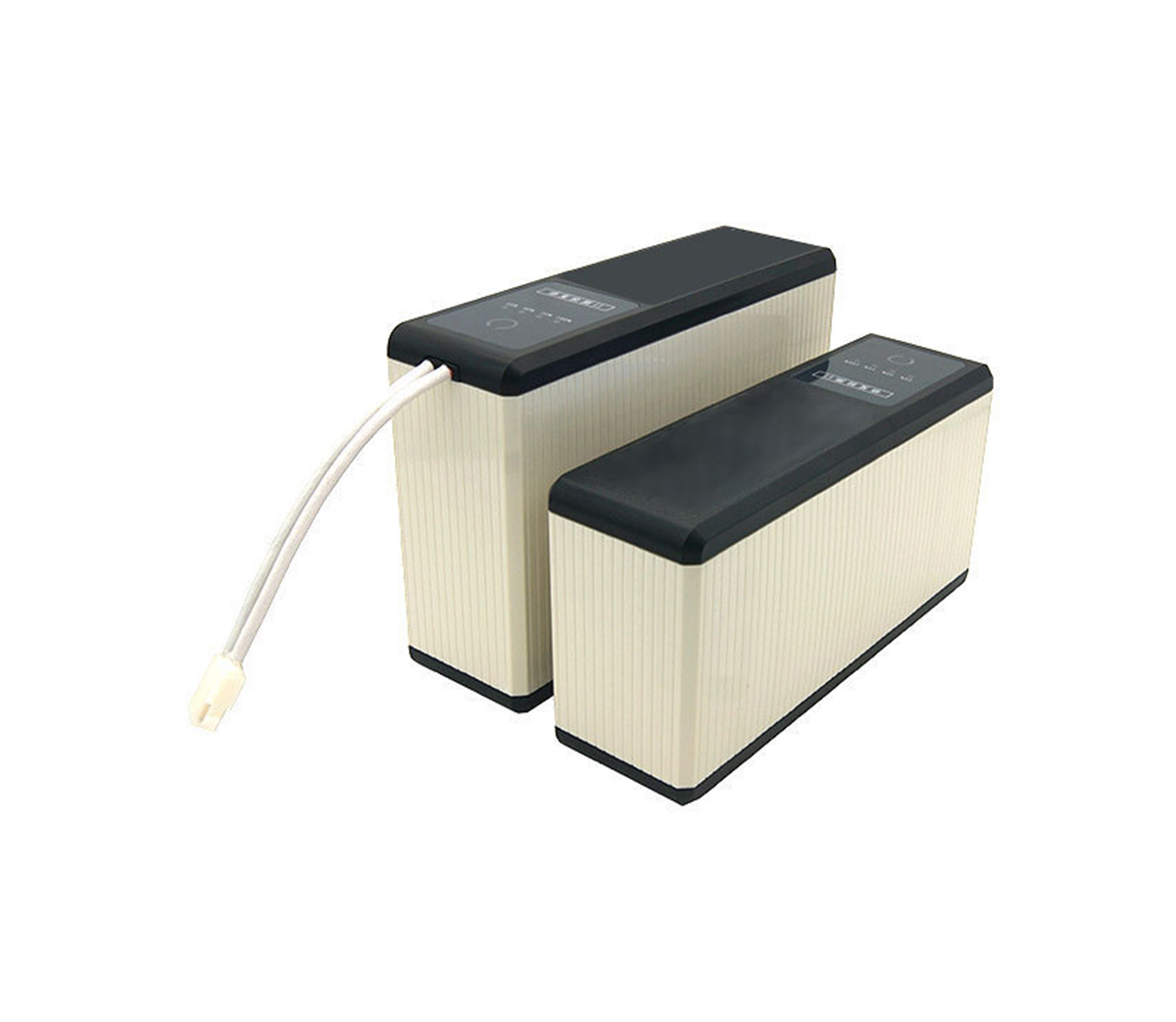Lithium battery manufacturing process
The production process of lithium batteries is relatively complicated. The
main production process mainly covers the stirring and coating stage of
electrode production (front stage), the winding and injection stage of battery
cell synthesis (middle stage), and the packaging inspection stage of chemical
packaging (back stage). The amount of value (purchasing amount) accounts for
approximately (35~40%): (30~35)%: (30~35)%. According to Coating Online's
understanding, the differences mainly come from different equipment suppliers,
differences in the ratio of imported/domestic products, etc. The process flow is
basically the same, and the proportion of value is deviated, but the overall
proportion is in line with this ratio.
The production process of lithium batteries is relatively complicated. The
main production process flow mainly covers the stirring and coating stage of
electrode production (front stage), the winding and injection stage of battery
cell synthesis (middle stage), and the packaging inspection stage of chemical
packaging (back stage). The amount of value (purchasing amount) accounts for
approximately (35~40%): (30~35)%: (30~35)%. According to Coating Online's
understanding, the differences mainly come from different equipment suppliers,
differences in the ratio of imported/domestic products, etc. The process flow is
basically the same, and the proportion of value is deviated, but the overall
proportion is in line with this ratio.
The lithium battery equipment corresponding to the first process of lithium
battery production mainly includes vacuum mixer, coating machine, roller press,
etc.; the middle process mainly includes die cutting machine, winding machine,
stacker, liquid injection machine, etc.; the latter process includes forming
machine , Divided capacity testing equipment, process warehousing logistics
automation, etc. In addition, the production of battery packs also requires Pack
automation equipment.
Lithium battery front-end production process: pole piece manufacturing is
related to battery core performance
The result of the front-end process of the lithium battery is to complete
the preparation of the positive and negative plates of the lithium battery. The
first step is stirring, that is, the positive and negative solid battery
materials are mixed uniformly and then the solvent is added, and then stirred
into a slurry by a vacuum mixer. The mixing of ingredients is the basis for the
follow-up process of lithium battery, and the high-quality mixing is the basis
for the high-quality completion of the follow-up coating and rolling
process.
The coating and rolling process is followed by slitting, that is, the
slitting process is performed on the coating. If burrs are generated during the
slitting process, subsequent assembly, electrolyte injection and other
procedures, or even safety hazards during battery use, may occur. Therefore, the
front-end equipment in the lithium battery production process, such as mixers,
coating machines, roller presses, and slitting machines, are the core machines
for battery manufacturing. They are related to the quality of the entire
production line. Therefore, the value (amount) of the front-end equipment
accounts for the entire lithium battery. The proportion of automated production
lines is the highest, about 35%.
Lithium battery middle process flow: efficiency first, winding before
lamination
In the lithium battery manufacturing process, the middle process is mainly
to complete the forming of the battery. The main process flow includes film
making, pole piece winding, die cutting, cell winding forming and lamination
forming, etc. The current domestic equipment manufacturers are more competitive.
One area accounts for about 30% of the value of lithium battery production
lines.
At present, there are two main manufacturing processes for power lithium
batteries: winding and lamination. The corresponding battery structures are
mainly cylindrical and square, and soft packs. Cylindrical and square batteries
are mainly produced by the winding process, while soft pack batteries are The
lamination process is mainly used. Cylinders are mainly represented by 18650 and
26650 (Tesla independently developed 21700 batteries and are now being promoted
throughout the industry). The difference between the square and the soft package
is that the outer shell is made of hard aluminum and aluminum-plastic film. The
soft package is mainly laminated. Mainly, the aluminum shell is mainly
wound.
According to Coating Online, the soft package structure is mainly for the
mid-to-high-end digital market, and the profit rate per unit product is higher.
Under the same production capacity, the relative profit is higher than that of
aluminum shell batteries. Because aluminum shell batteries are prone to scale
effects, product qualification rates and costs are easy to control, both
currently have considerable profits in their respective market areas, and it is
difficult for them to be completely replaced in the foreseeable future.
Since the winding process can achieve high-speed production of batteries
through the speed, and the speed that can be improved by the lamination
technology is limited, the current domestic power lithium battery mainly uses
the winding process, so the shipment of the winding machine is currently larger
than that of the stack. Film machine.
The previous process corresponding to the winding and lamination production
is the production and die cutting of the pole piece. Film production includes
welding of the slit pole piece/lug, pole piece dust removal, protective tape,
lug wrapping, and winding or cut-to-length cutting. The winding pole piece is
used for subsequent fully automatic winding. The cut-to-length pole piece is
used for the subsequent semi-automatic winding; the punching pole piece is the
winding and punching of the slit pole piece for the subsequent lamination
process.
In the aspect of lithium battery packaging and welding, the mainstream
laser technology integration application manufacturers of United Win, Han's, and
Everbright are all involved, which can meet the demand without import.
Lithium battery back-end process: sub-volume conversion is the core
link
The back-end production process of lithium battery is mainly divided into
four processes, namely, capacity separation, formation, testing and packaging
and storage, which account for about 35% of the value of the production line.
Formation and capacity separation are the most important links in the subsequent
process. The formed battery is activated and tested. Due to the long charge and
discharge test cycle of the battery, the value of the equipment is the highest.
The main function of the chemical conversion process is to charge and activate
the cells after the liquid injection and encapsulation. The volumetric process
is to test the battery capacity and other electrical performance parameters and
perform classification after the battery is activated. Formation and volume
separation are respectively completed by the forming machine and the volume
dividing machine, which are usually completed by the automated volumetric
forming system.
Lithium Battery Pack Process: It seems simple but needs to be combined with
systematic design
The power battery pack system is a battery pack that connects many
individual cells in series and parallel, and integrates battery hardware systems
such as power and thermal management. Pack is the key to the production, design
and application of power battery systems. It is the core link between the
upstream battery cell production and the downstream vehicle application. Usually
the design requirements are proposed by the battery cell factory or the
automobile factory, usually by the battery factory, the automobile factory or a
third-party Pack The factory is completed.
The lithium battery pack production line is relatively simple. The core
processes include feeding, bracket pasting, electric welding, testing and other
processes. The core equipment is laser welding machines and various pasting
testing equipment. According to Coating Online, the current major lithium
battery equipment manufacturers have fewer automated integration layouts in this
field, and laser equipment manufacturers such as Han's Laser and United Laser
have a higher share in the field of Pack equipment due to their absolute
advantages in the laser field.
Lithium iron phosphate and ternary: Energy density cannot be avoided,
different materials require a full set of equipment investment
The current domestic mainstream power lithium battery cathode materials are
divided into two types: lithium iron phosphate and ternary. Among them, lithium
iron phosphate is currently the safest cathode material for lithium-ion
batteries, and its cycle life is usually more than 2000 times. In addition, due
to the maturity of the industry, the decline in price and technical thresholds
has caused many manufacturers to consider various factors. Will use lithium iron
phosphate batteries. However, lithium iron phosphate batteries have obvious
shortcomings in terms of energy density. At present, the energy density of BYD's
lithium iron phosphate single-cell battery, the leader of lithium iron phosphate
batteries, is 150Wh. By the end of 2017, BYD expects to increase the energy
density to 160Wh. In theory, lithium iron phosphate The energy density is
difficult to exceed 200Gwh.
Ternary polymer lithium battery refers to a lithium battery that uses
lithium nickel cobalt manganese oxide as the positive electrode material. The
actual ratio of nickel cobalt manganese can be adjusted according to specific
needs. Because the ternary lithium battery has a higher energy density
(currently, the energy density of the ternary lithium battery of the first-class
power battery manufacturers such as Ningde Times can generally reach
200Wh/kg-220Wh/kg. The industry expects that the ternary battery cell will be in
2020. Energy density will reach the level of 300Wh/kg), the passenger car market
has begun to turn to ternary lithium batteries, and in passenger cars with
higher safety requirements, lithium iron phosphate is more popular. With the
development of all-electric passenger cars, ternary lithium batteries are
occupying an increasingly important position.
The energy density and cost of the two materials are different. Different
cars and different car companies have different choices. According to Coating
Online, the production process of the two is roughly the same. The difference is
mainly reflected in the use and ratio of materials, the difference in specific
process parameters, the equipment cannot be produced in the same line, and the
cost of simply transforming and switching capacity is relatively high. High
(ternary materials have strict requirements for vacuum dehumidification, and the
previous lithium iron phosphate production line basically has no
dehumidification requirements), so many home appliance core factories will
simultaneously deploy and purchase equipment in their capacity planning.


































